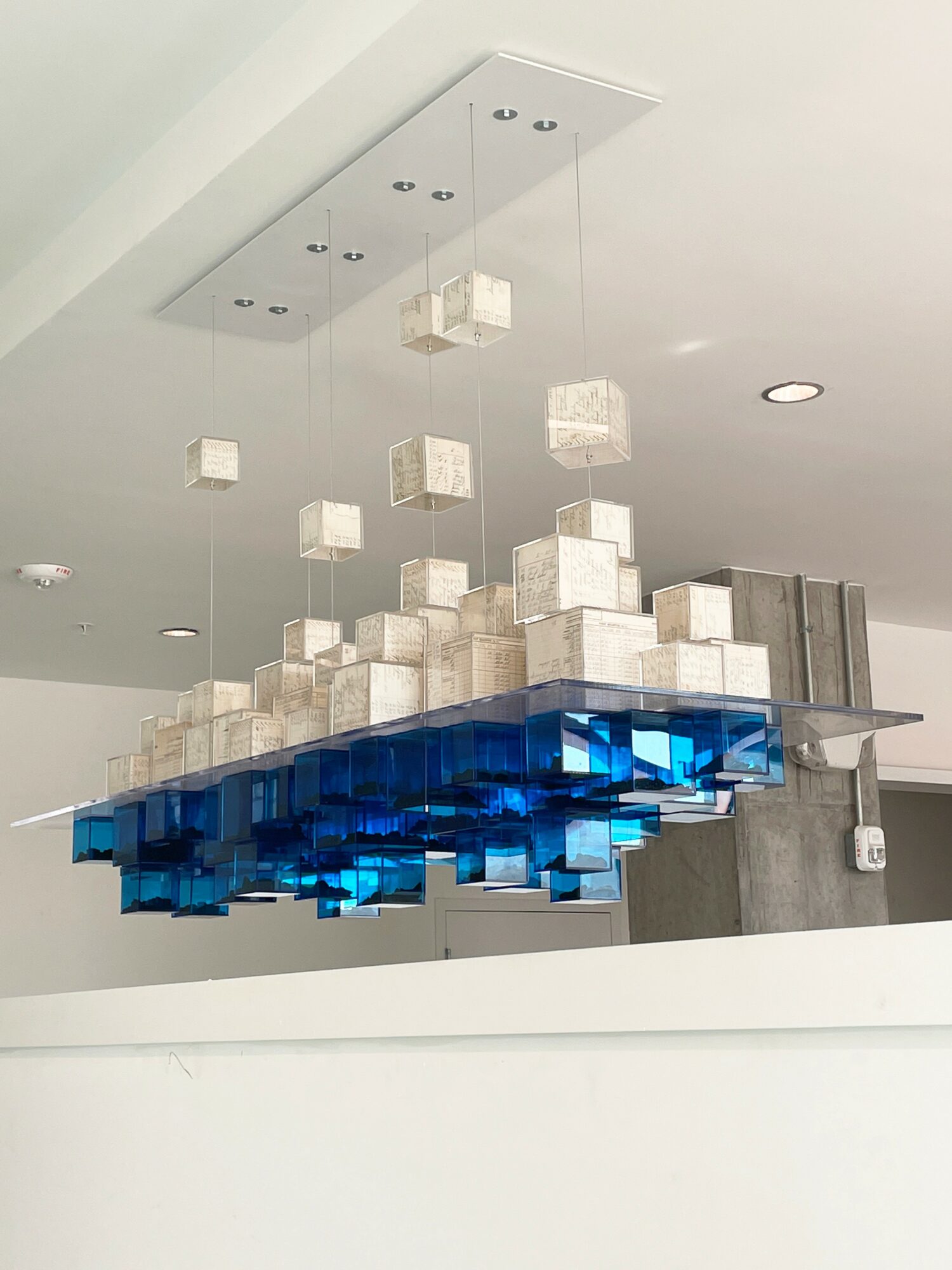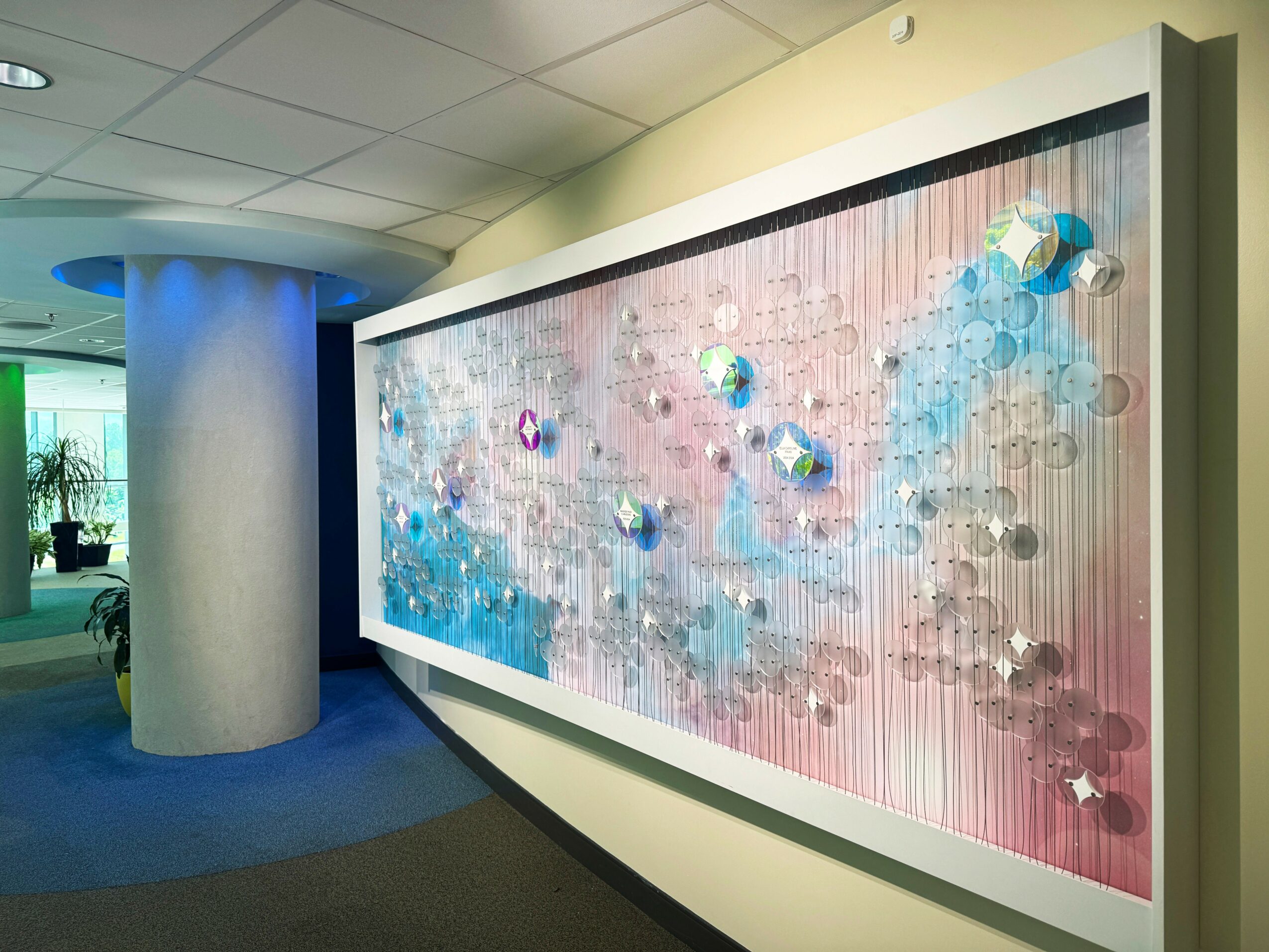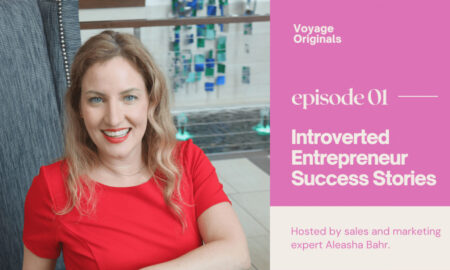

We’re looking forward to introducing you to Anna Dean. Check out our conversation below.
Anna, it’s always a pleasure to learn from you and your journey. Let’s start with a bit of a warmup: What do you think is misunderstood about your business?
I often have artists reach out to me, asking how to get into public art. Many of them have seen calls for art with large project budgets and they think that public art is an easy way make a large profit. What most people don’t realize is that it’s almost impossible to do large public art projects by yourself – you need to collaborate with fabricators, production designers, and install teams, as well as architects, engineers, and community stakeholders. Public Art project timelines can stretch out over years – requiring travel, community outreach, many meetings and revisions, and considering things like ADA compliance, DOT right-of-way, contracts, and insurance. Public art also requires an understanding of materials because whatever you create has to stand up to the elements (- and the public!) for years to come. It is a very rewarding field to be in, but it is definitely not for everyone.
Can you briefly introduce yourself and share what makes you or your brand unique?
I create large scale sculptures and interactive installations that invite the public to engage with a sense of wonder and discovery. I often combine traditional and non-traditional art materials, and utilize digital and analog processes, in order to create innovative works that foster dialogue and promote discourse. I believe that thoughtfully designed public art can transform space and bring people together.
I am currently working on a project with the Charlotte Area Transit System for the Hambright Park and Ride in Huntersville, NC. I am creating a series of interactive sculptural “windows” that will be inset into bus shelters, as well as a large 24-foot laser cut metal wall sculpture for the comfort station. I am also working on an interactive gateway sculpture for Eastland Park – the former site of the iconic Eastland Mall in Charlotte, NC.
Okay, so here’s a deep one: Who were you before the world told you who you had to be?
I have always been an artist. As a child, I would create large scale “installations” in my house by wrapping string around the stair rails and all the furniture in our living room. I would also create huge sculptures made of bamboo in our back yard. Back then, I had no idea what installations were – I just knew that I liked making really big art that transformed space, and I liked inviting other people into those spaces. I have always had a flair for the dramatic, and I love that “wow” factor when people are able to step outside of themselves for a moment and experience something unexpected.
What have been the defining wounds of your life—and how have you healed them?
My mother was also an artist, and she died when I was eight years old. My earliest memory was watching her draw, sitting on the shag-carpet floor in our downstairs den. On a blank sheet of paper, she made a curve, and an arch… with a few simple marks she created a rabbit that was so real he could almost leap off the page! That was magic to me. I spent my entire life chasing that rabbit – trying to capture that sense of wonder.
I think our readers would appreciate hearing more about your values and what you think matters in life and career, etc. So our next question is along those lines. What are the biggest lies your industry tells itself?
Most people believe that artists are all “starving”, and that is not necessarily true. There are many different ways to make a living as an artist, and every artist has to find their own path. That is both a blessing and a curse – you have all the freedom to chart your own course, but there is no blueprint to follow. A lot of the time it feels like you are treading fresh snow, because you are creating your own path and there are no footsteps to follow.
Art school teaches you craft, theory, and how your work fits into art history – but it often doesn’t prepare you with the practical skills and knowledge needed to become an entrepreneur. No one is going to come and “discover” you – you have to be willing to put in the work and find people who can help you learn what you don’t already know. Understanding how to network, create a budget, and read a contract are just as important as your art knowledge. I don’t think art schools spend enough time focusing on the business of art.
Thank you so much for all of your openness so far. Maybe we can close with a future oriented question. What do you understand deeply that most people don’t?
I think losing my mother at an early age made me understand that life is truly precious, and we are never promised tomorrow. If there is something you really want to do, you should do it now. I never want to lay on my deathbed and wonder, “what could have been”? I would rather give it my all and fail, than to have played it safe and never tried. You only get one shot at life so make it count!
Contact Info:
- Website: https://www.annadeanart.com
- Instagram: annadeanart
















